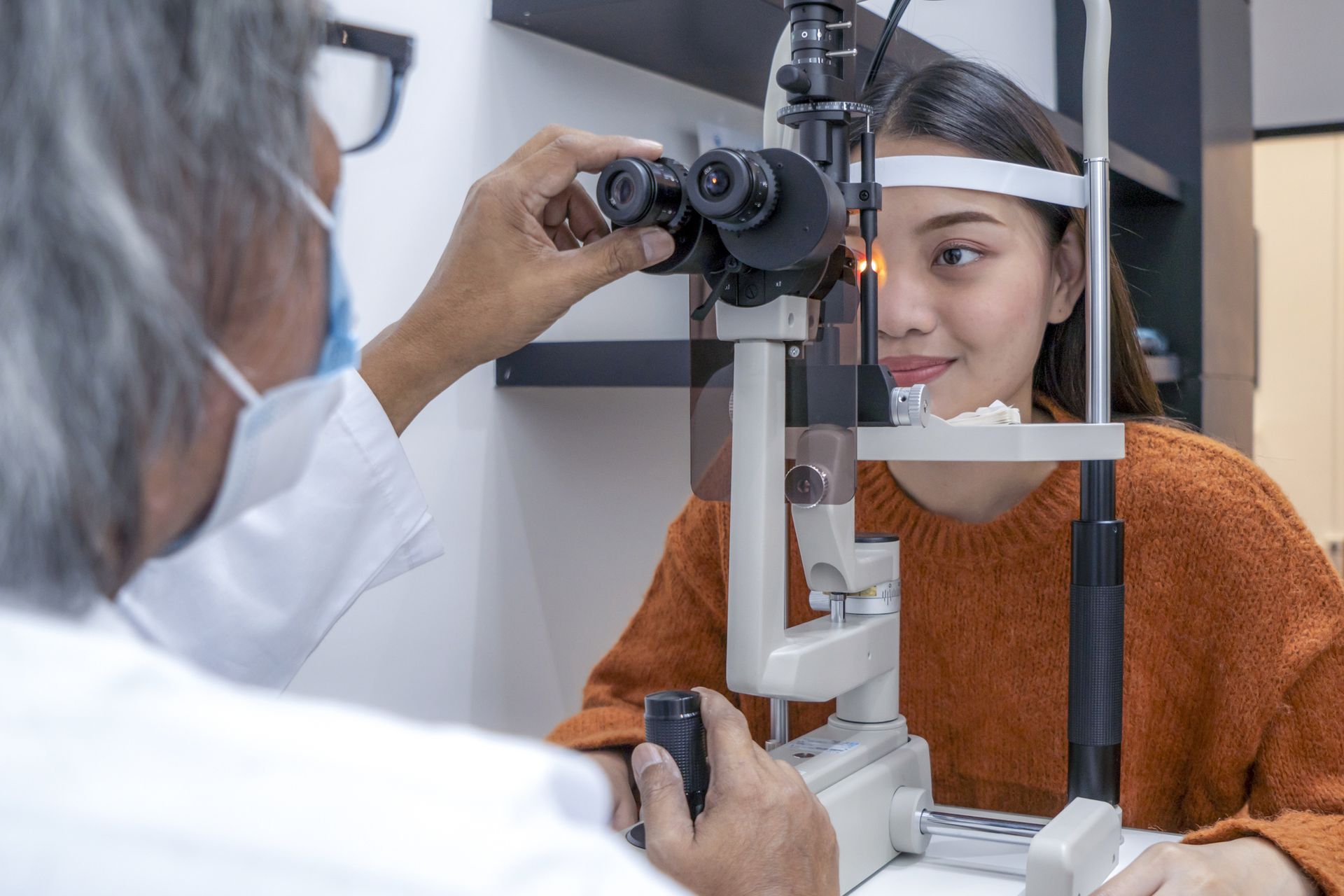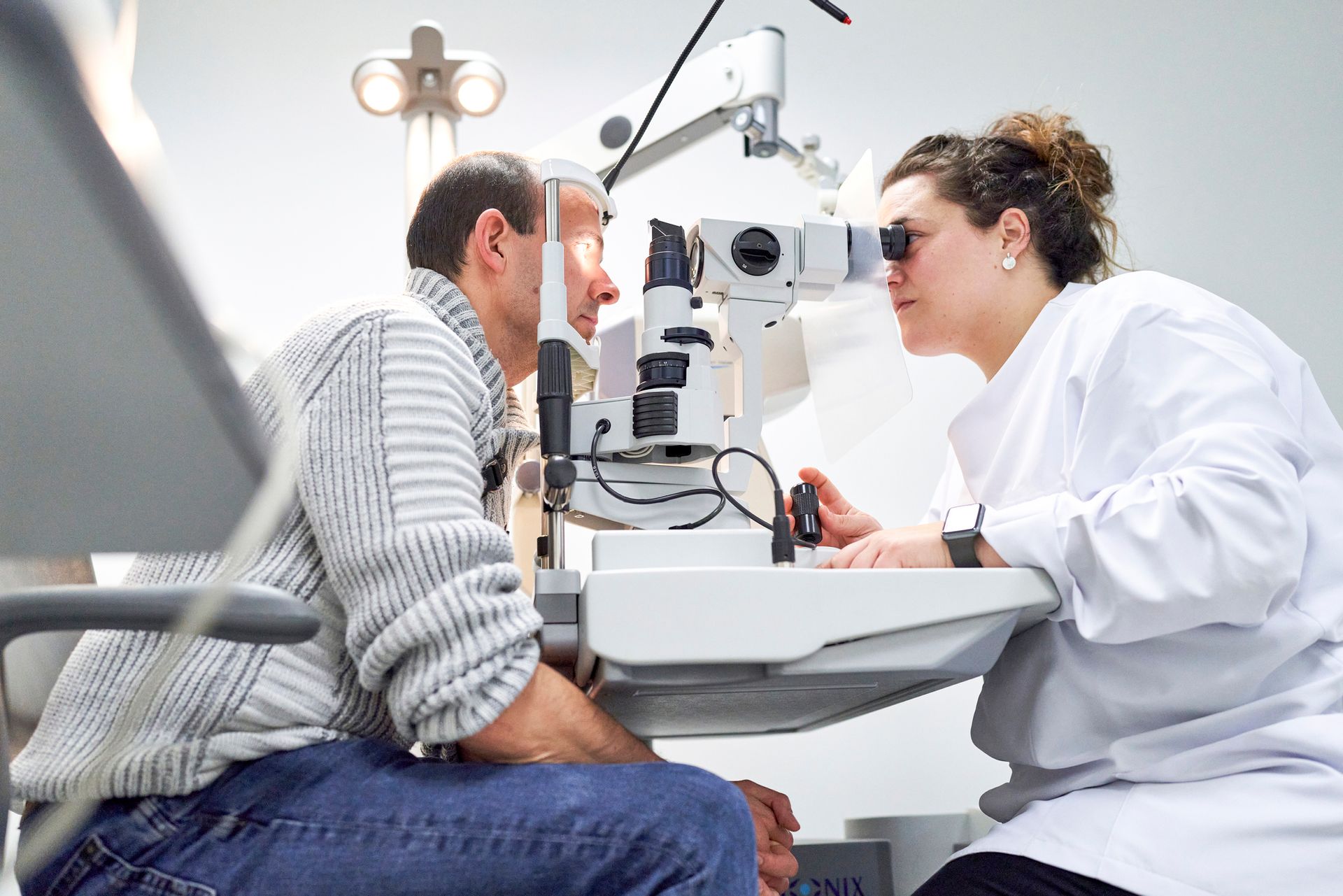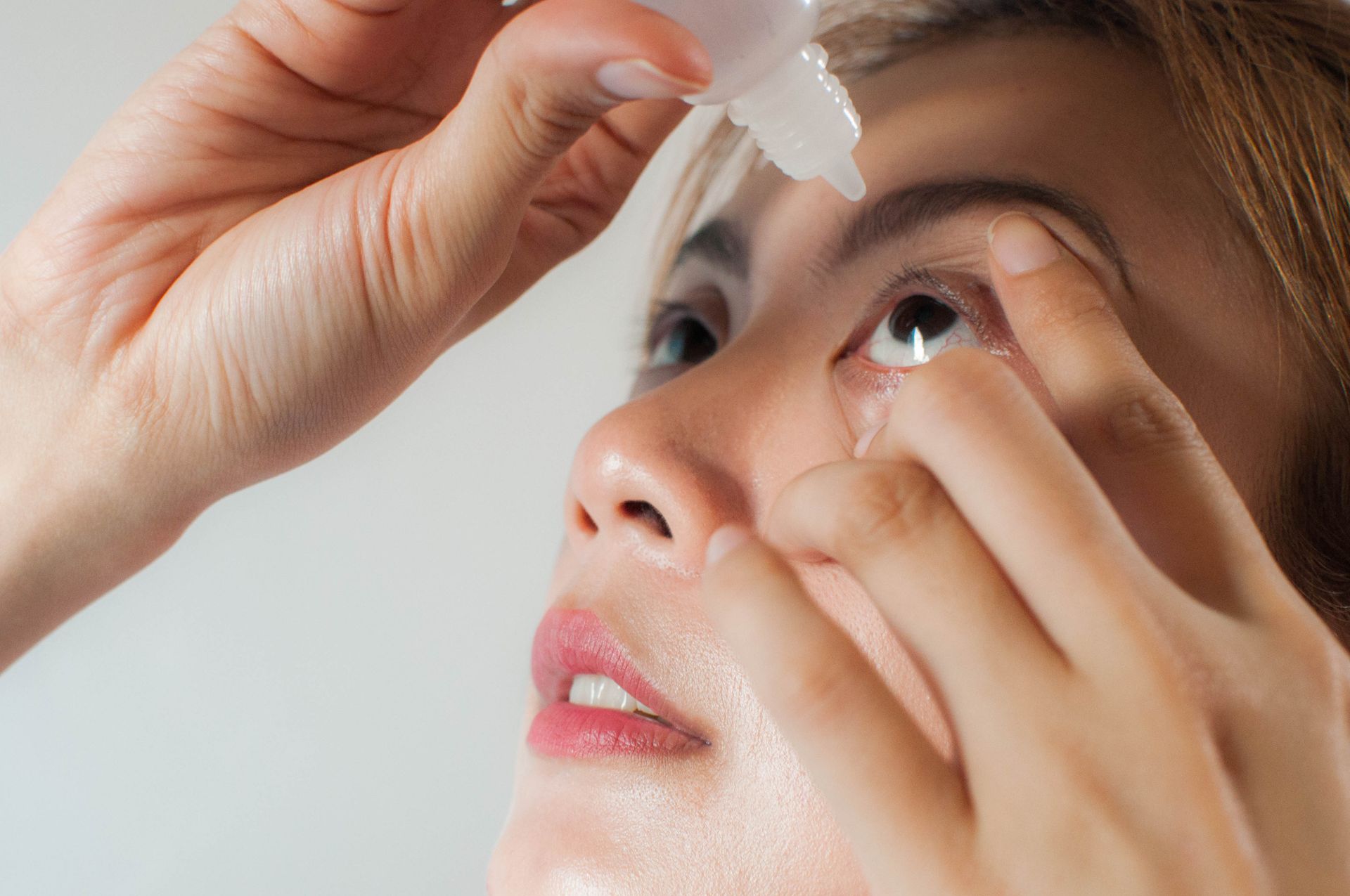6 Tips for Diabetic Eye Care

1. Know the Most Common Diabetic Eye Problems
When you have diabetes, your ophthalmologist looks for specific diabetic eye diseases that are known to occur in people with fluctuations in their blood sugar. Diabetic retinopathy is one type of eye disease that occurs when the blood vessels surrounding the retina of your eye begin to leak and the excess fluid blurs your vision.
Diabetic macular edema is another eye condition that occurs if diabetic retinopathy goes too long without treatment. With this condition, a part of the retina called the macula begins to swell and cause changes in your ability to see clearly. Early treatment of these conditions gives you the best chances of preserving your vision.
2. Understand Your Risk for Other Eye Diseases
Glaucoma and cataracts are two common eye conditions that tend to occur with aging. While anyone can develop these eye problems, you are at an increased risk of having glaucoma or cataracts when you have diabetes. As with the other diabetic eye diseases, your ophthalmologist checks for these conditions during your regular exams.
3. Watch for Warning Signs of Vision Changes
4. Practice Proper Blood Sugar Management
5. Implement Preventative Eye Care Strategies
You can also implement other strategies that protect your overall eye health. Try to lower your eye's exposure to UV rays by wearing sunglasses anytime you are outside. You can also prevent eye strain by taking frequent breaks from the computer, and people who smoke should consider quitting to further protect the vessels in their eyes.













